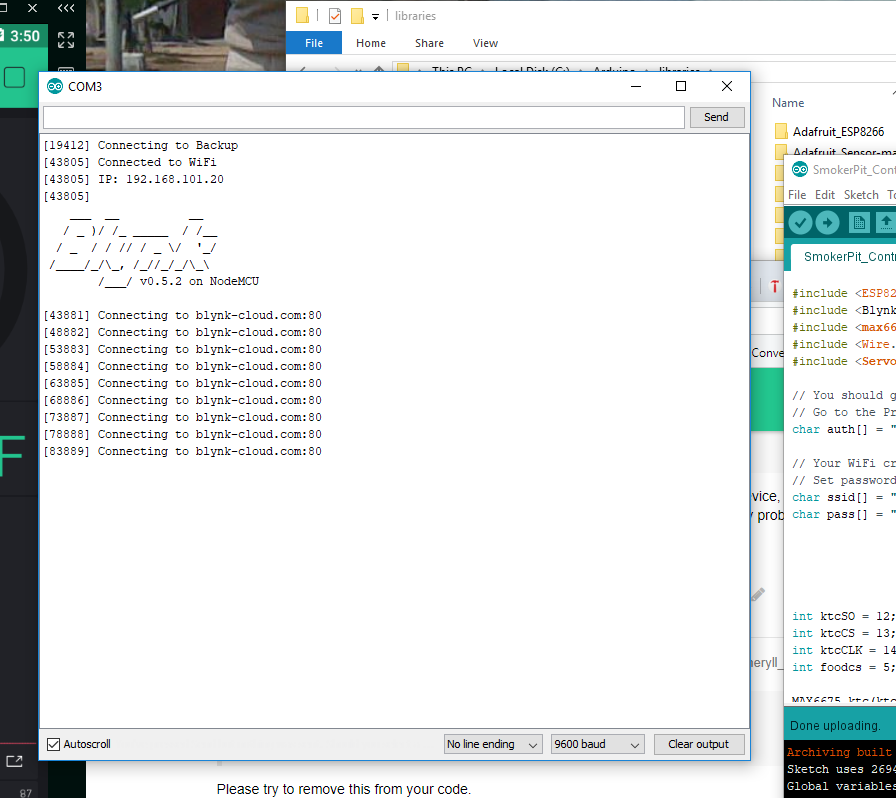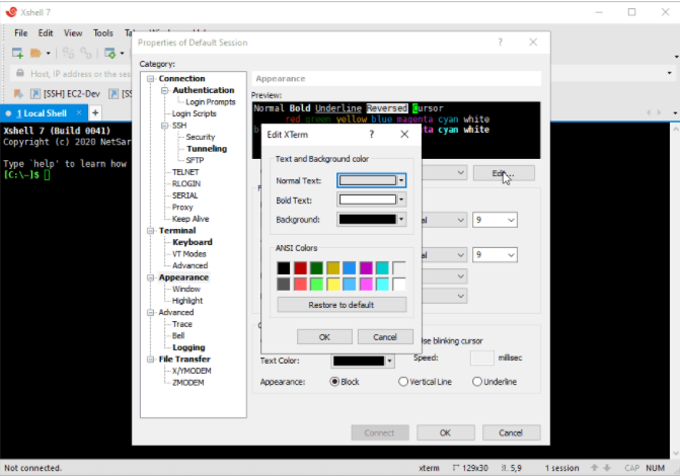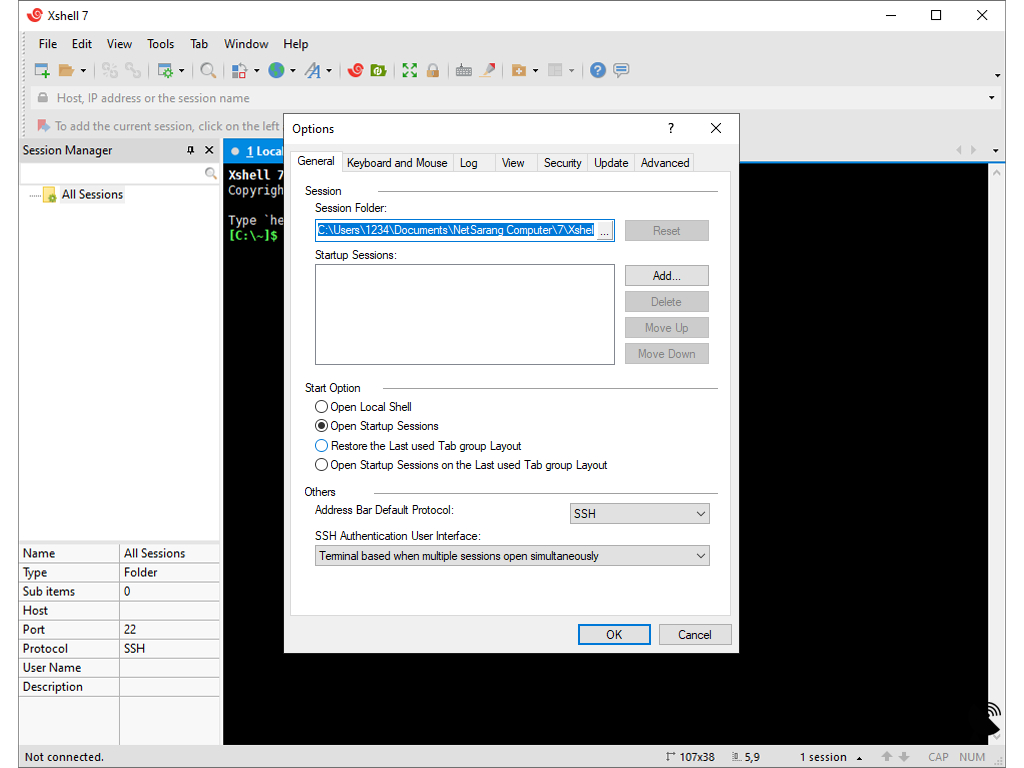Getting your smart little gadgets, like those Raspberry Pi computers, to talk to you from far away, without spending any money, is something many people are really interested in. It's almost like having a direct line to your devices, no matter where you happen to be. This whole idea of connecting to your Internet of Things, or IoT, devices using something called SSH, which is a way to make secure connections, is actually a pretty big deal for anyone who works with these kinds of things. It gives you a lot of freedom, you know, to check on stuff or make changes even when you are not right there next to the device itself.
Think about it, you might have a sensor in your garden, or a small server running in a different room, or even a whole setup at a remote location. Being able to reach into these devices, to see what they are doing or to give them instructions, is very useful. It’s about having control and peace of mind, really. For people who build these systems, or just like playing around with them, having simple ways to do this, especially free ways, makes a lot of sense. It opens up possibilities for managing things from your couch or from another city, pretty much.
So, this piece is going to take a closer look at some of the best ways to get this kind of free remote access for your IoT devices, particularly focusing on those popular Raspberry Pi boards. We will talk about what makes these connections safe, how you can set them up without costing you anything, and some of the handy tools that help you do it. We'll also touch on how you can even manage these devices from your Android phone, which is quite convenient, to be honest. It’s all about helping you keep your devices working well and staying secure, without any extra charges.
- Sarapbabecom
- Scott Freda Net Worth 2025
- Sammythighs
- Securely Connect Remoteiot Vpc Aws Not Working
- Sara Jay Biography
Table of Contents
- What is SSH and Why Does it Matter for IoT Devices?
- Making Connections Easy for Free SSH IoT Devices
- How Can You Get Free Remote SSH Access for IoT Devices?
- Setting Up Free SSH on IoT Devices
- What Are the Security Benefits of Free SSH IoT Devices?
- Keeping Your Free SSH IoT Devices Safe
- How Do Free Android Solutions Help with SSH IoT Devices?
- Accessing Your Free SSH IoT Devices from Anywhere
What is SSH and Why Does it Matter for IoT Devices?
So, you might be asking yourself, what exactly is this "SSH" thing everyone talks about, and why is it such a big deal for those tiny internet-connected gadgets we have? Well, SSH stands for Secure Shell, and in simple terms, it's a way to get into another computer over a network, but in a way that keeps everything you send back and forth very private and safe. Think of it like having a secret, coded phone line directly to your device, where no one else can listen in on your conversation. This is actually pretty important, especially when you consider how many small devices are now out there, doing all sorts of jobs, often without a screen or keyboard right there with them, you know?
Making Connections Easy for Free SSH IoT Devices
For IoT devices, like your Raspberry Pi, this ability to connect remotely is, in some respects, absolutely key. These little computers are often tucked away in places that are not easy to get to, maybe running a smart home system, collecting weather data outside, or perhaps controlling some lights in a distant shed. If something goes wrong, or if you just need to update their instructions, you would otherwise have to go physically to where they are. SSH changes all that. It means you can sit at your main computer, or even your phone, and give commands to your Raspberry Pi as if you were typing directly on it. It’s a very practical way to manage things from a distance, honestly.
The main thing that makes SSH so good for these kinds of connections is how it handles security. It uses special ways of scrambling up the information, called encryption, so that if anyone tries to peek at what you're sending, all they see is a jumble of letters and numbers that makes no sense. It also makes sure that the device you are connecting to is actually the one you think it is, and that you are who you say you are. This is very different from some older ways of connecting that were not nearly as careful with your information. So, for free SSH IoT devices, this built-in safety is a huge plus, making sure your data stays just for you.
How Can You Get Free Remote SSH Access for IoT Devices?
Many people wonder about the best ways to get this kind of remote access for their IoT devices without having to pay for it. Luckily, there are quite a few good options out there that don't cost a thing. This piece will go over some of the top free ways to get SSH working for your Internet of Things gadgets, especially if you are using a Raspberry Pi. We will look at what each option offers, some of the good things about them, and also any little downsides they might have. This information is meant to help anyone, whether you are building new things, just doing a hobby project, or even running a business, to get to your Raspberry Pi devices safely from anywhere in the whole wide world, you know.
Setting Up Free SSH on IoT Devices
When you want to set up SSH on your IoT device, you can use the system's own user accounts or, what's often better, a secure way of checking who you are using something called SSH keys. These keys are a pair of very long, secret codes that work together to prove it's really you trying to connect. You can then use common client tools, like PuTTY if you are on a Windows computer, to make that connection. These kinds of standard tools are generally considered very reliable and safe, which is important for your free SSH IoT devices.
It is important to remember that using these widely accepted, standard ways of connecting means you are much less likely to run into unexpected problems with security. Unlike some private or less common client tools and protocols that might have hidden weaknesses, the methods used by SSH are openly checked by many people. This helps to make sure there are no easily found security holes. So, for example, when you are trying to get to your IoT device from a distance, using these well-known and tested approaches gives you a lot more peace of mind, pretty much.
Let's take a look at some of the really good free options for getting remote access to your IoT devices using SSH that are available right now. We will talk about how they work and what you need to do to get them up and running. The goal is to give you a clear idea of what's out there so you can pick the best fit for your own setup. It's really about making it simple for you to manage your devices from wherever you happen to be, which is very helpful for remote work or just keeping an eye on your home setup, you know.
What Are the Security Benefits of Free SSH IoT Devices?
The core idea behind SSH is to provide a very safe way to connect. When you use IoT SSH, you get to access and control your devices from any spot on the globe. This makes it a perfect choice for working from a different location or just keeping tabs on your devices. But beyond just being convenient, the security aspects are very important. Knowing how to make these connections safe is truly needed for keeping your information private and making sure no one else can see what you are doing with your devices. It protects your personal stuff, you know, from prying eyes.
Keeping Your Free SSH IoT Devices Safe
At the very top of the list for SSH is its ability to create connections that are safe and scrambled, or encrypted, to your IoT devices, no matter where they are physically located. This means that all the information going back and forth between your computer and your device is turned into a secret code that only your computer and the device can understand. This kind of protection is very strong. Remote SSH access to IoT devices is built on this foundation of keeping things private and secure, which is, in a way, its main strength.
Remote SSH uses very clever techniques, called cryptography, to keep the communication between your client, which is usually your computer or phone, and your IoT device safe. It does two main things: it checks that both sides are who they say they are, which is called authentication, and it scrambles all the information so no one can read it, which is encryption. These two parts work together to offer a strong shield for your data, making sure it stays private and unchanged. So, you can feel pretty confident that your free SSH IoT devices are communicating in a very protected way, you know.
Some smart systems, like the SocketXP IoT platform, even let you get remote SSH access to your IoT devices that might be hidden behind a network address translator, or NAT router, or a firewall. These are common things that usually stop you from connecting directly from the internet. But with systems like SocketXP, they use secure SSL/TLS VPN tunnels, which are like secret, protected pathways over the internet, to let you connect safely. This means that even if your devices are tucked away behind network protections, this IoT remote SSH feature still lets you connect to them in a very safe manner, which is pretty clever, honestly.
How Do Free Android Solutions Help with SSH IoT Devices?
The idea of a remote IoT platform that offers a free Android solution using SSH keys is quite helpful. It lets people manage their IoT devices in a very secure way by using these special keys, all without having to pay any money. This means you can use your Android phone or tablet to get into your devices, make changes, or check on things, which is very handy for those times you are away from your main computer. It's a way to keep things running smoothly, you know, even when you are on the go.
Accessing Your Free SSH IoT Devices from Anywhere
Learning how to get to your IoT devices remotely using SSH on an Android phone for free is a skill that comes in very handy. Whether you are someone who loves playing with technology, a person who builds computer programs, or someone who manages computer networks, knowing how to SSH into IoT devices from a distance on a free Android platform is a very valuable thing to know. It gives you a lot of freedom and control over your setups
Related Resources:



Detail Author:
- Name : Dr. Aida Bins
- Username : nat.parker
- Email : linda.block@klein.com
- Birthdate : 2003-08-23
- Address : 8972 Brekke Branch East Nicklausbury, DE 68396-0710
- Phone : 754-858-9838
- Company : Morissette, Mitchell and Thiel
- Job : Sawing Machine Operator
- Bio : Sit delectus nesciunt libero. Ea qui rerum amet. Molestiae et distinctio ut qui voluptates dolorem accusamus sed. Non necessitatibus officia et vitae voluptatum eum.
Socials
instagram:
- url : https://instagram.com/zboncakw
- username : zboncakw
- bio : Et in repellendus odio sunt illum. Sed natus est quasi totam similique ea.
- followers : 3252
- following : 1886
linkedin:
- url : https://linkedin.com/in/warren_zboncak
- username : warren_zboncak
- bio : Et quidem deserunt nam labore nostrum.
- followers : 1070
- following : 128
facebook:
- url : https://facebook.com/warrenzboncak
- username : warrenzboncak
- bio : Porro qui aut voluptatem vitae praesentium.
- followers : 2244
- following : 469
twitter:
- url : https://twitter.com/zboncak1973
- username : zboncak1973
- bio : Incidunt molestias beatae voluptate et qui. Ut sed unde voluptatem amet itaque officiis consequatur. Quidem sed dolorum aut quos laboriosam iste.
- followers : 1837
- following : 2590
tiktok:
- url : https://tiktok.com/@warrenzboncak
- username : warrenzboncak
- bio : Qui omnis ea voluptas quia cumque voluptas.
- followers : 5831
- following : 2549